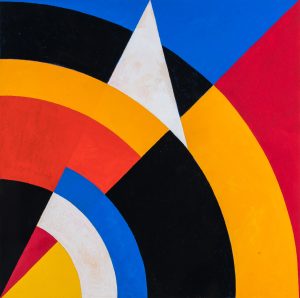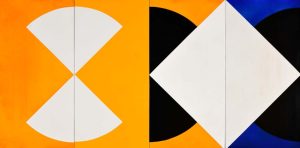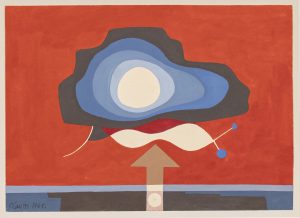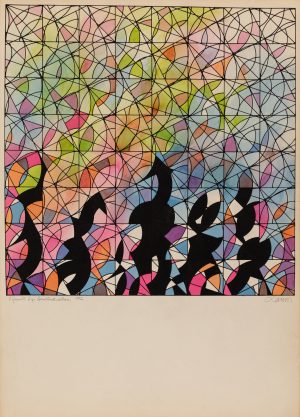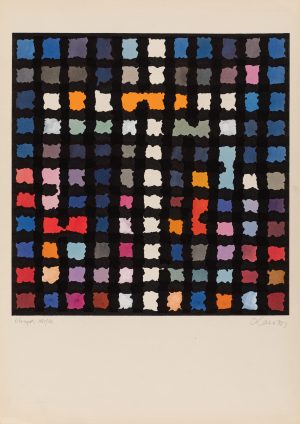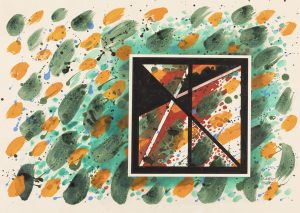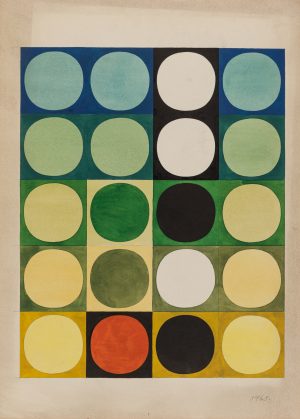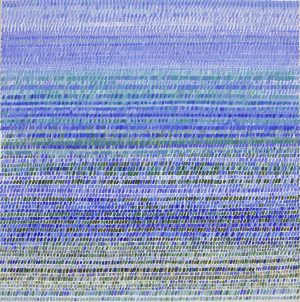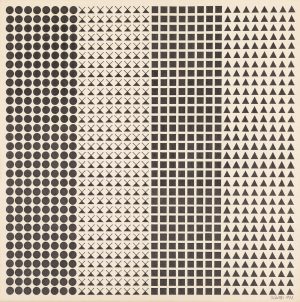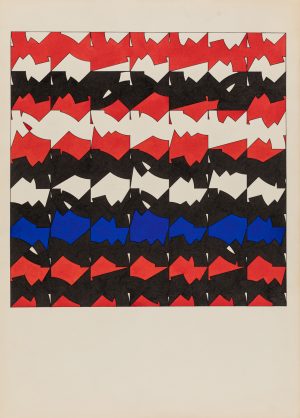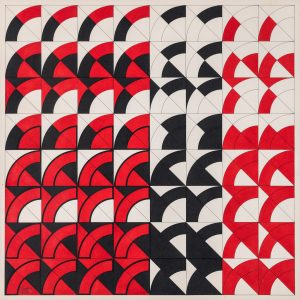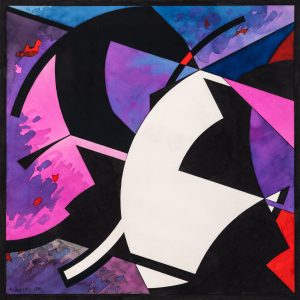
Ferenc LANTOS
Sound of Fields
- Year(s)
- 1991
- Technique
- paper, ink, aquarelle
- Size
- 45,5x45,5 cm
Artist's introduction
Ferenc Lantos studied under Ferenc Martyn's supervision in Pécs and at the College of Fine Arts in Budapest. He considered art to be a form of cognition. His path from abstraction through geometric forms lead to a systematic pictorial thinking. As an educator, he ventured to influence attitudes: he built a new foundation for the relationship between the fine arts and the other art forms. Lantos developed his activities in relation to architecture, literature, music and the modern sciences. The interactions between the two foundational elements of his pictorial universe – the square and the circle – were based on mathematical operations. He relied on the enlargement and reduction of these, their intersection possibilities, their potential interferences to establish a system of variations based on emerging forms. He also founded his public art program on this principle. He hypothesised that since variation always expresses order and is infinite, due to the inherent colouristic possibilities, it can be considered as a model of intellectual cognition and a visual game – and is thus capable of mobilising society (exhibition titled Nature-Vision-Creation, 1972–75). His systems of elements – which was utilised within interior design, building decoration and outdoor projects – could be connected to the era's dynamically developing visual culture. The successful mural enamel project at the Bonyhád Enamel Factory ran for years, during which his colleagues and students also participated. Especially in Pécs and the Transdanubia region, the exterior and interior walls of many public buildings and factories were enlivened during the 1970s by this series of variations. Lantos was a winner of the Kossuth Prize and a member of the Hungarian Academy of Arts. A permanent exhibition of his selected works is on display in Pécs. Katalin Keserü
More artworks in the artist's collection »




